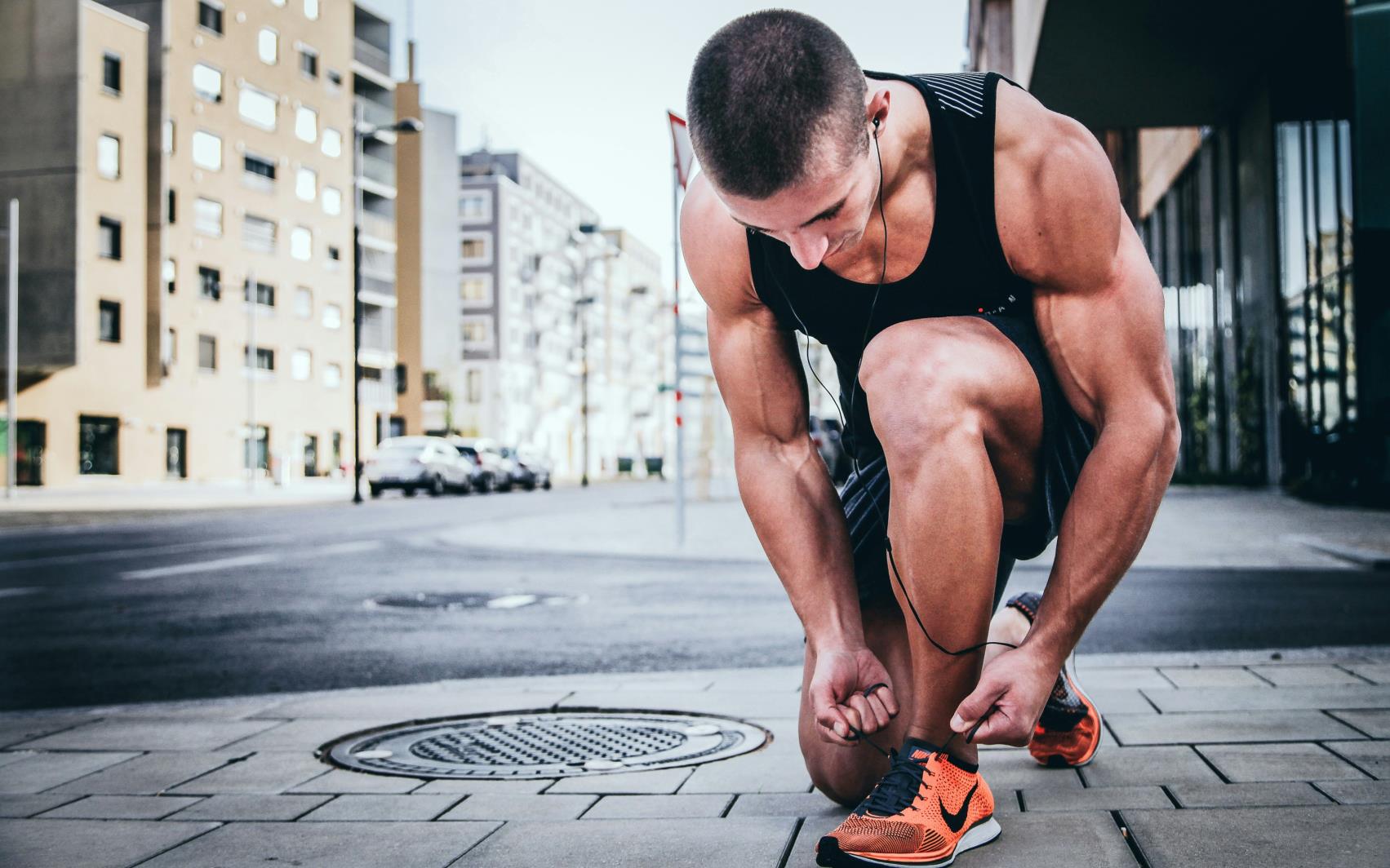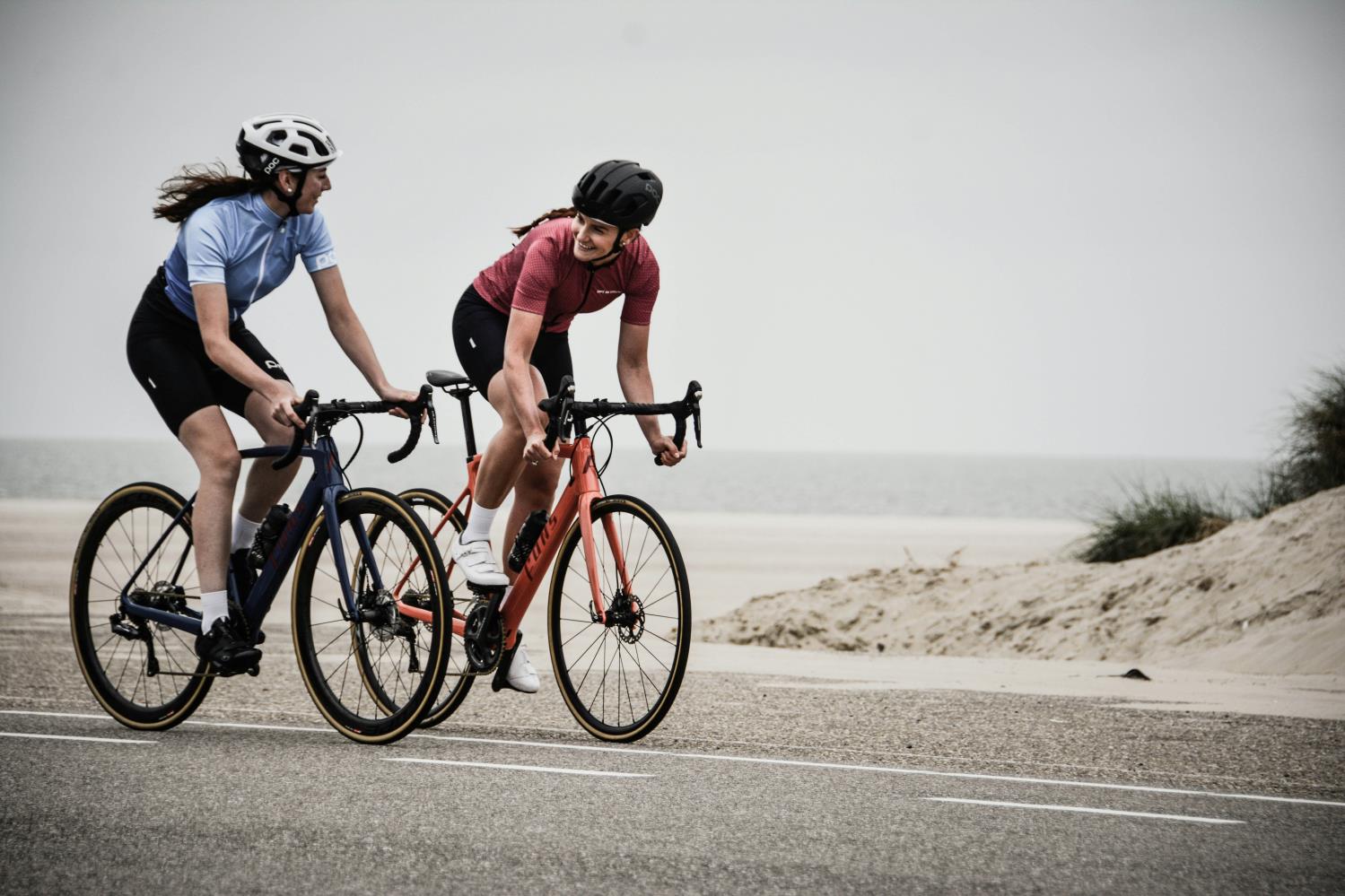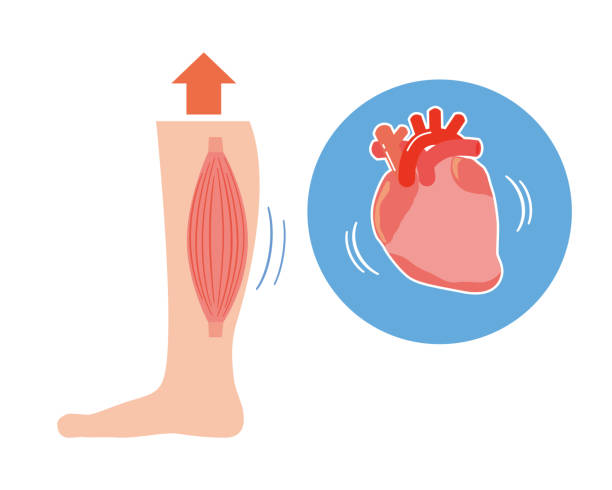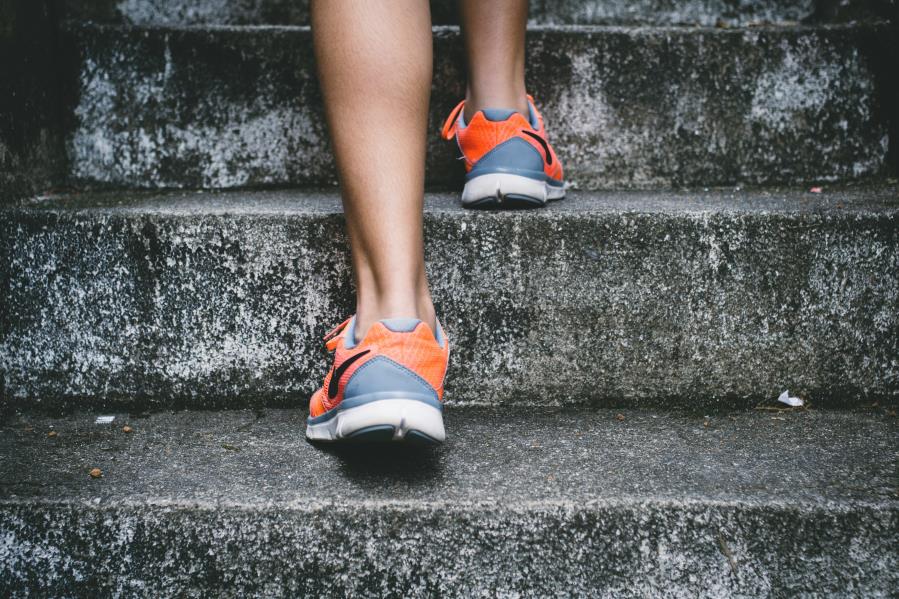Strengthening Your Calf Muscles: The Key to Enhanced Running and Cycling Performance
 Karen Parnell
June 04, 2024
Karen Parnell
June 04, 2024
Strengthening Your Calf Muscles: The Key to Enhanced Performance and Health
Your calves, comprising the gastrocnemius and soleus muscles, play a crucial role in your running and cycling performance.
Let's look at why these muscles are so important and how you can effectively strengthen them.
.jpg)
Image: River Podiatry
Get your FREE 23-Page Athletes Guide to Strength and Conditioning
Understanding Your Calf Muscles
The calf is made up of two primary muscles:
- Gastrocnemius: This is the larger, more prominent muscle that gives the calf its shape. It has two heads and crosses both the knee and ankle joints. This muscle is primarily engaged during high-intensity activities like sprinting and jumping.
- Soleus: Lying beneath the gastrocnemius, the soleus is a flatter and deeper muscle. It only crosses the ankle joint and is primarily involved in endurance activities, such as steady-state running and cycling.
Get you FREE 23-page Guide to Strength and Conditioning for Triathletes.

Photo by Alexander Redl on Unsplash
Get your FREE 23-Page Athletes Guide to Strength and Conditioning
Why Calf Muscles Matter in Running and Cycling
- Propulsion and Power: During running, the calf muscles are crucial for pushing off the ground, allowing you to propel forward. In cycling, these muscles contribute to the pedal stroke, especially during the upstroke phase.
- Shock Absorption: Strong calves help absorb the impact when your foot strikes the ground, reducing the risk of injuries such as shin splints and stress fractures.
- Efficiency and Endurance: Well-conditioned calf muscles improve your efficiency, enabling you to run and cycle longer with less fatigue.
- Stability: These muscles contribute to ankle stability, which is essential for maintaining proper form and preventing injuries during both running and cycling.

Photo by Coen van de Broek on Unsplash
Get you FREE 23-page Guide to Strength and Conditioning for Triathletes.
The Second Heart: The Role of Calves in Circulation
Your calf muscles are often referred to as the "second heart." When they contract, they help pump blood back up to your heart, counteracting the effects of gravity. This venous return is crucial for:
- Circulation: Enhancing blood flow helps deliver oxygen and nutrients to your muscles more efficiently.
- Recovery: Improved circulation aids in the removal of metabolic waste products, speeding up recovery and reducing muscle soreness.
- Prevention of Blood Clots: Active calves can reduce the risk of deep vein thrombosis (DVT) by ensuring continuous blood flow.

Get your FREE 30-Day Mobility Challenge
Exercises to Strengthen Your Gastrocnemius and Soleus
Double Leg Calf Raises
- Target Muscle: Gastrocnemius
- How to Perform: Stand with your feet hip-width apart, slowly raise your heels until you are standing on your toes, then lower back down. For added resistance, hold a weight in each hand.
- Reps and Sets: 3 sets of 15-20 reps
Single Leg Calf Raises
- Target Muscle: Gastrocnemius and Soleus
- How to Perform: Stand on one leg, slowly raise your heel until you are standing on your toes, then lower back down. Hold onto a wall or chair for balance if needed.
- Reps and Sets: 3 sets of 12-15 reps per leg
Get you FREE 23-page Guide to Strength and Conditioning for Triathletes.
Jump Rope / Skipping Rope
- Target Muscle: Both Gastrocnemius and Soleus
- How to Perform: Jump rope for 1-2 minutes, focusing on quick, light bounces off the balls of your feet. If you have not done this for a while work up to being able to jump for 1-2 minutes.
- Reps and Sets: 3-5 sets
Read more about the benefits of jumping rope.
Eccentric Calf Raises
- Target Muscle: Gastrocnemius and Soleus
- How to Perform: Stand on a step with your heels hanging off the edge. Rise onto your toes with both feet, then lift one foot and slowly lower the other heel down below the step level. Switch feet and repeat.
- Reps and Sets: 3 sets of 10-12 reps per side
Progression: Add weight to the movement.
Get you FREE 23-page Guide to Strength and Conditioning for Triathletes.
Seated Calf Raises
- Target Muscle: Soleus
- How to Perform: Sit on a bench with your feet flat on the ground, place a weight on your knees, and raise your heels while keeping the balls of your feet on the ground.
- Reps and Sets: 3 sets of 15-20 reps
Get you FREE 23-page Guide to Strength and Conditioning for Triathletes.
Bent-Knee Calf Raises
- Target Muscle: Soleus
- How to Perform: Stand with your knees slightly bent and raise your heels off the ground while keeping the balls of your feet on the floor. You can hold onto a wall for balance.
- Reps and Sets: 3 sets of 15-20 reps
- Progression: You can progress this to the single leg version.
Get you FREE 23-page Guide to Strength and Conditioning for Triathletes.
How to Know When Your Calves Are Strong Enough
To determine if your calves are adequately strong, consider the following benchmarks:
- Endurance: You should be able to perform 25-30 single leg calf raises with good form on each leg.
- Strength: You can complete 15-20 eccentric calf raises on each leg without significant fatigue or imbalance.
- Performance: Noticeable improvements in running speed, cycling efficiency, and overall lower leg stability and reduced injury occurrence.

Photo by Bruno Nascimento on Unsplash
Get you FREE 23-page Guide to Strength and Conditioning for Triathletes.
Relevant Studies and Research: Calf Health
Research underscores the benefits of calf strengthening for athletes. A study published in the "Journal of Strength and Conditioning Research" found that targeted calf exercises significantly improved running economy and performance in long-distance runners.
Additionally, another study in "Sports Medicine" highlighted that strong calf muscles can reduce the incidence of lower leg injuries, underscoring their role in both performance and injury prevention.
Get you FREE 23-page Guide to Strength and Conditioning for Triathletes.
Calf Strengthen and Stretch
If you are not used to these exercises, you may find that your calf’s begin to get tight. If this is the case, then the “strengthen and stretch” protocol should come into play.
I tend to do my strengthening exercises in the morning or during the day then do my static stretching after exercise or self-massage and mobility work in the evening.
Here are a few of my favourite calf stretches and interventions to remove tightness with easy stretching, massage gun and massage stick. You can also use a foam roller but I find these methods more convenient at home in the evening – you can even do them watching TV!
Gastrocnemius and Soleus Muscle Stretches
How to use a massage gun on your calf
How to use a massage stick to loosen tight calf muscles
Get you FREE 23-page Guide to Strength and Conditioning for Triathletes.
Conclusion: Calf Health
By incorporating these exercises into your routine, you will not only enhance your running and cycling performance but also improve your overall health and reduce injury risks.
Employ the strengthen and stretch protocol to maximise the benefits.
Let's make strong calves a priority in your training regime!
Karen Parnell is a Level 3 British Triathlon and IRONMAN Certified Coach, 8020 Endurance Certified Coach, WOWSA Level 3 open water swimming coach and NASM Personal Trainer and Sports Technology Writer.
Karen is currently studying for an MSc in Sports Performance Coaching at the University of Stirling.
Need a training plan? I have plans on TrainingPeaks and FinalSurge:
I also coach a very small number of athletes one to one for all triathlon and multi-sport distances, open water swimming events and running races, email me for details and availability. Karen.parnell@chilitri.com
Get your FREE Guide to Running Speed and Technique
Get your FREE Swim Workouts for Triathletes E-book
Get your FREE Open Water Swimming Sessions E-Book
Get you FREE 23-page Guide to Strength and Conditioning for Triathletes.
References
Journal of Strength and Conditioning Research, "Effects of Calf Strengthening on Running Economy."
Sports Medicine, "The Role of Calf Muscle Strength in Injury Prevention for Runners."
Get you FREE 23-page Guide to Strength and Conditioning for Triathletes.

Photo by Victor Rodriguez on Unsplash
